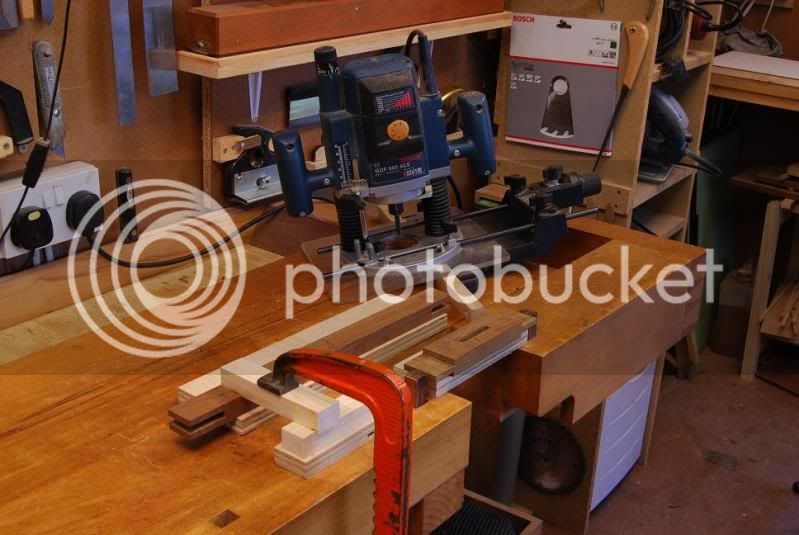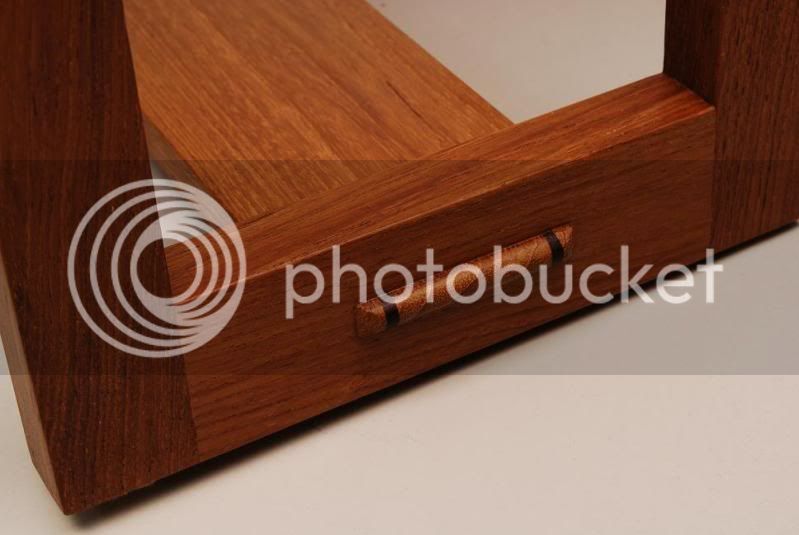Jeff Gorman
Established Member
- Joined
- 1 Aug 2007
- Messages
- 145
- Reaction score
- 0
Mr Grimsdale wrote:
Here's my description of morticing (as I was taught)
Much the same as Jeff's, except no levering, and I'm not sure what Jeff's starter trench is for.
I was taught that it helped to ensure that you started the chisel exactly between the lines, but I realize that it also helps to get a clean exit hole.
Jeff
amgron.clara.net
_____
Here's my description of morticing (as I was taught)
Much the same as Jeff's, except no levering, and I'm not sure what Jeff's starter trench is for.
I was taught that it helped to ensure that you started the chisel exactly between the lines, but I realize that it also helps to get a clean exit hole.
Jeff
amgron.clara.net
_____






